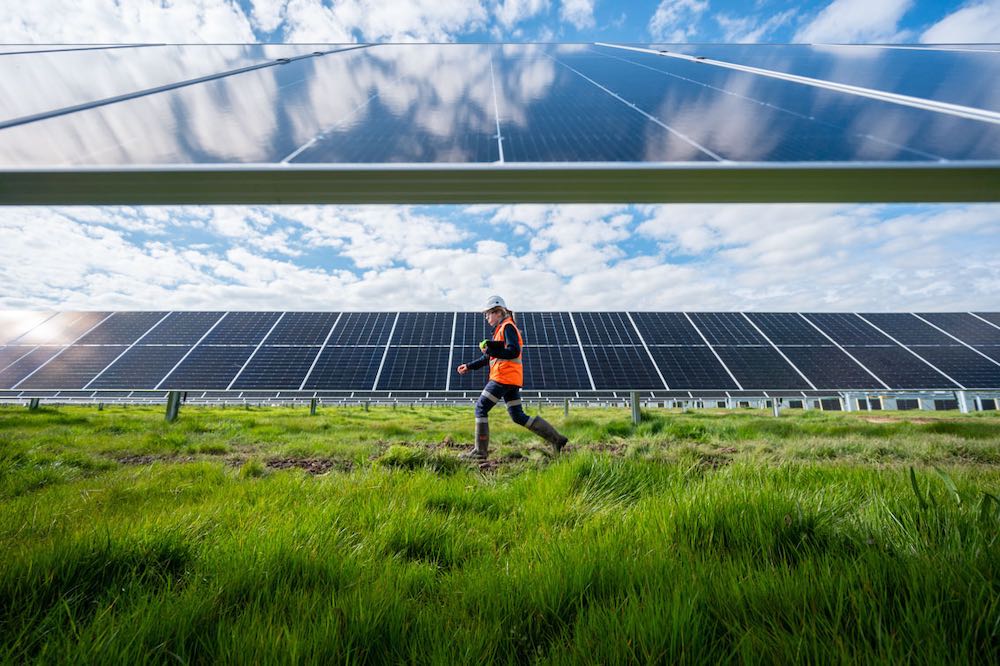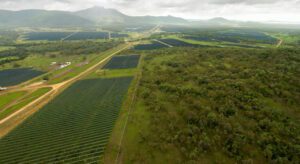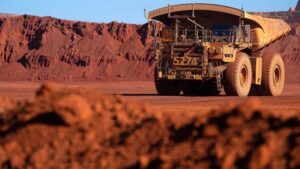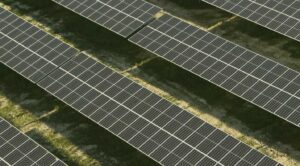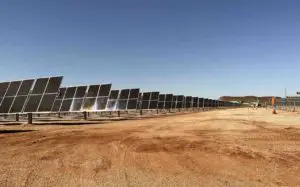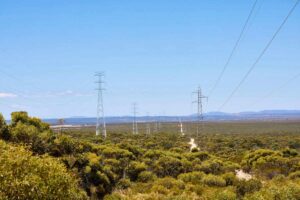Australia’s volatile electricity market has claimed another scalp, with small renewables-focused retailer Maximum Energy placed in liquidation and its roughly 800 customers divvied up among the big-three gen-tailers.
A notice from the Australian Energy Regulator last Friday says Maximum Energy Retail Pty Ltd (trading as Circular Energy) was suspended from trading at midnight on August 02 for failing to comply with electricity wholesale market settlement requirements.
The regulator at the same time revoked Maximum Energy’s licence and and initiated the Retailer of Last Resort process, to ensure a continued supply of electricity to its customers, spread across Victoria and South Australia.
Victoria’s energy regulator, the Essential Services Commission has issued its own notice to the same effect.
Under the Retailer of Last Resort (RoLR) market safeguard mechanism, customers are transferred to one of Origin Energy, AGL or EnergyAustralia, who then contact them directly to explain the new arrangements. Customers are under no obligation to remain with the new retailer once transferred.
According to documents published by the Australian Securities and Investment Commission (ASIC), the Tonsley-based Maximum Energy went into administration in April before being resolved to be “wound up voluntarily” on Friday August 02.
The Maximum Energy website appears to have been pulled down, but according to a company profile on the Tonsley Innovation District website, the company was established in 2013, before later adding an energy retailer and aggregation arm “to assist businesses and communities to reach net zero emission targets and reduce electricity costs.”
A separate entity, called The People’s Grid, is said to be “partnered with Circular Energy” as its fully licensed energy retailer. “This means all members of The People’s Grid can feel confident that their energy supply will be safe, reliable and delivered in accordance with Australia’s strict energy regulations,” the website says.
According to its website, The People’s Grid was established in 2020 to form community energy collectives backed by a mix of small-scale, local generators of renewables – “from wine makers with solar panels to farmers with wind farms” – that are generating excess energy.
According to a 2021 profile on SmartCompany, the smart grid software platform that underpins the People’s Grid collectives was established by Adelaide-based startup Oxamii and backed by $1 million in seed funding including from international investment firm Artesian’s Clean Energy Seed Fund and other private investors. Oxamii had also participated in the University of South Australia’s Venture Catalyst program.
The SmartCompany article says Oxamii had established six community energy groups registered on The People’s Grid in South Australia and one in Sandy Point in Victoria, as at November 2021. The groups were to get a set price for their energy through a power purchase agreement that would match prices directly with energy sourced from distributed renewable energy generators.
According details on some of the energy plans still listed on the website, Maximum Energy was also the registered retailer for The People’s Grid.
Renew Economy has reached out to the People’s Grid and administrators Meertens to confirm whether or not energy collective customers are also affected by Maximum Energy’s suspension from the market.
As RenewEconomy has reported, the recent fossil fuel driven energy market crisis claimed around 10 small retailer scalps over the course of 2022-23, many of them solar, battery and renewable energy focused.
These include Elysian Energy, solar and battery virtual power plant focused retailer Social Energy and, this time last year, Australia’s first community-owned energy retailer, Byron Bay-based Enova, which went into voluntary administration blaming a market whose design protects fossil fuel-backed incumbents.
In June last year, Mojo Power and Brisbane-based QEnergy were both suspended from all trading on the National Electricity Market (NEM) after the retailers – both owned by Ion Holdings Ltd – were subject to wind-up orders in Queensland’s Supreme Court.
“Significant movement and volatility in the wholesale electricity market… is impacting our ability to offer competitive pricing at this time,” a notice on Mojo Power’s website said at the time.
There has been no official statement made on what brought Maximum Energy undone, but the company seems to have been struggling to keep afloat for a while, having appointed Meertens as administrators back in April.
Certainly, the electricity market has been on a wild ride over the past couple of weeks, with wholesale prices pushed above $15,000 a megawatt hour (MWh) at the same time in all five states that make up Australia’s main grid, the National Electricity Market.
As Renew Economy reported, average wholesale prices across all NEM regions hit a jaw-dropping $16,419/MWh in the early evening on Tuesday July 30, smashing the previous record of $12,491 /MWh reached on July 14, 2022, at the height of the fossil fuel crisis sparked by the invasion of Ukraine.

